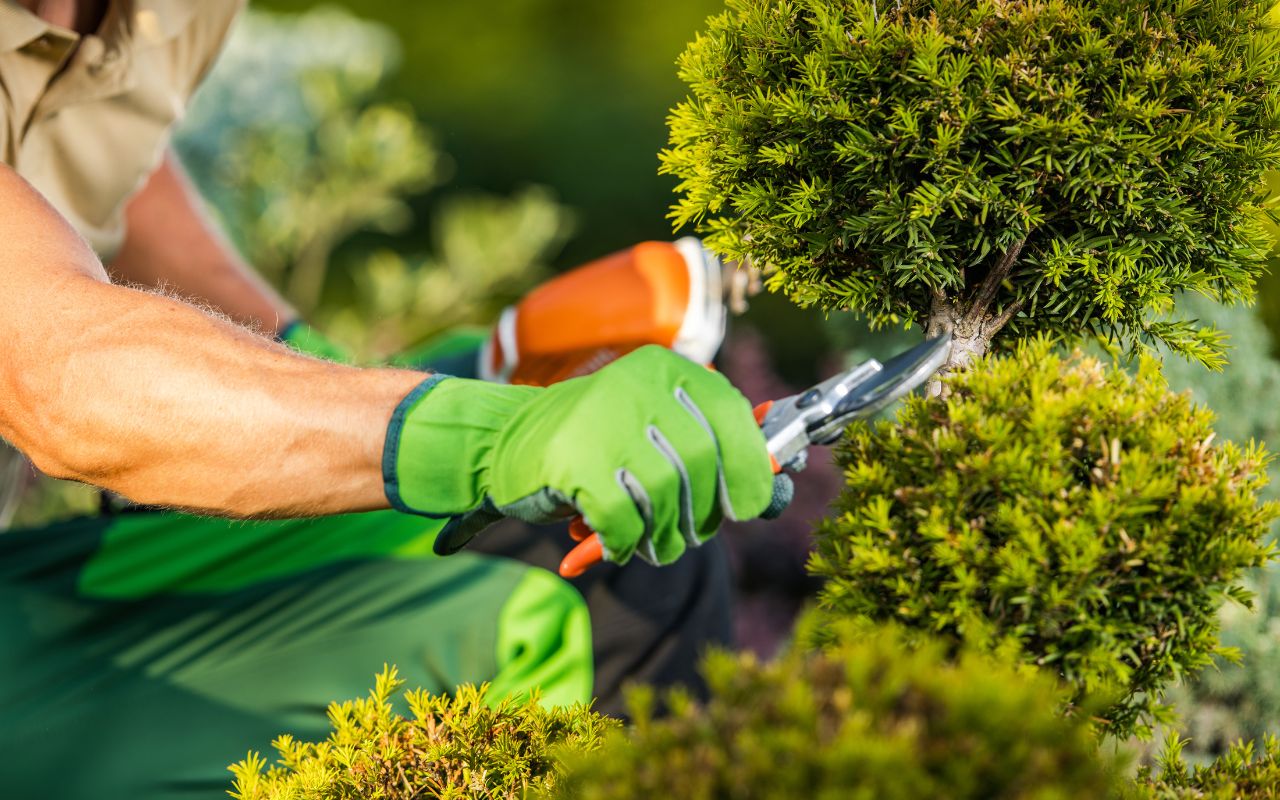
In the world of tree maintenance, precision and efficiency are key to nurturing healthy, vibrant landscapes. Enter the cut-clean technique—a method that promises to revolutionize how we approach tree trimming.
This innovative approach is designed to streamline the process, ensuring each cut is clean and every branch is treated with the care it deserves. Whether you’re a professional arborist or a weekend gardener looking to maintain your backyard oasis, understanding this technique can save you time and enhance the vitality of your greenery.
But what makes the cut-clean technique truly stand out? It’s not just about the method itself but also the tools that accompany it. Utilizing the best tools for tree trimming can transform a simple task into an art form, allowing for precise cuts that promote healthy growth and reduce the risk of disease.
The Importance of Precision in Tree Maintenance
Precision in tree maintenance goes beyond aesthetics. When cuts are made accurately, trees heal faster and are less prone to infections and pest infestations. A precise cut prevents unnecessary bark damage and minimizes the stress on the tree’s tissues. This careful approach reduces the chances of decay setting in, which can compromise the structural integrity of branches and trunks over time.
By focusing on exact angles and clean entry points, you ensure that each pruning action supports the long-term health of the tree. Regular, precise trims help shape growth patterns, encouraging stronger branch attachments and a balanced canopy.
For professionals, demonstrating precision builds trust with clients who value both safety and beauty. For homeowners, it delivers a yard that looks well-cared-for and remains safe. Ultimately, making precision a top priority helps trees thrive, turning routine maintenance into a cornerstone of landscape health and safety.
Understanding the Cut-Clean Technique
The cut-clean technique is an advanced pruning method designed to produce smooth, healable wounds on trees. Unlike traditional cuts that may leave jagged edges, this approach emphasizes swift, continuous motion to slice through branches cleanly. By using sharp blades and the right cutting angles, the method minimizes tissue damage and speeds up the tree’s natural healing process.
This technique is especially valuable for hardwood species, where rough cuts can lead to significant sap loss or fungal entry points. It requires planning each cut in stages—first removing weight with a preliminary undercut, then executing the final clean cut from above. This prevents bark stripping and ensures branches fall safely without tearing surrounding wood.
Over time, adopting this method will lead to healthier callus formation and reduced disease transmission. To learn more about how we implement this method professionally, contact our expert team today.
Benefits of Implementing the Cut-Clean Method
- Improved Wound Closure: Promotes the growth of strong callus tissue, enhancing wound closure and protecting trees from pests and diseases.
- Time Efficiency: Allows for quicker cuts with fewer passes, saving time and minimizing tool wear.
- Reduced Follow-Up Maintenance: Cleaner cuts diminish the need for additional trimming or treatments.
Essential Tools for Successful Tree Trimming
To execute the cut-clean technique effectively, invest in sharp, well-balanced pruning tools. High-carbon steel bypass pruners and loppers deliver clean shears, while pruning saws with narrow kerfs reduce bark tearing on larger branches. For overhead work, a pole pruner with a precise cutting head brings accuracy within reach.
Choosing the best tools not only enhances performance but also reduces fatigue and improves safety. Beyond blades, reliable ladders, harnesses, and protective equipment are crucial. Regularly inspect tools for damage and keep blades sharp. For more details on professional-grade tools, visit our tree trimming service page.
Mastering the Art of Branch Collar Cuts
Branch collars are the tree’s natural defense zones where the trunk and limb meet. Making a precise cut just outside the collar allows the tree’s healing tissues to seal off the wound. Avoid cutting too close or too far, as this can damage protective tissue or leave stubs.
Use a three-step approach: a small undercut a few inches from the collar, a top cut slightly beyond, and finally, remove the remaining stub following the collar’s natural curve. This supports rapid wound closure and is a core step in the cut-clean technique.
Techniques for Removing Deadwood Safely
Deadwood removal reduces hazards and improves tree aesthetics. Identify brittle or cracked branches, stand to the side of your cut line, and use sharp tools. For higher limbs, use a pole pruner and cut in sections to manage weight safely.
Finished cuts should follow the cut-clean technique for smooth results. Combining safety-first habits with precise cutting ensures effective deadwood removal without compromising tree health.
FAQs about the Cut-Clean Technique
What is the cut-clean technique? It’s a pruning method focused on making smooth, precise cuts that promote faster healing and reduce disease risks.
Can I use this technique on any type of tree? Yes, but it’s especially effective for hardwood species where jagged cuts can cause damage.
Do I need special tools? Sharp, well-maintained pruning tools are essential for the best results.
Is this technique safe for beginners? With the right tools and safety precautions, both professionals and DIY gardeners can use it successfully.
Tips for Maintaining Your Tools
- Cleaning and Oiling: Remove sap and debris after each use and oil to prevent rust.
- Regular Sharpening: Maintain sharp edges with a whetstone or file.
- Inspection and Storage: Check for wear, tighten loose parts, and store in a dry location.
Elevating Your Tree Trimming Skills
As you master the cut-clean technique, try more complex pruning tasks and attend workshops to refine your skills. Joining local arborist groups or online forums allows you to share experiences and learn from others.
Document your progress and practice regularly to elevate your tree trimming from routine maintenance to a skilled craft. If you’d like expert guidance or professional service, get in touch with us today.
